当前位置:网站首页>Detailed explanation of network foundation routing
Detailed explanation of network foundation routing
2022-07-06 14:07:00 【Unknown white hat】
Catalog
Classification of routing protocols
OSPF Open shortest path first protocol
IP Routing basis
Router
characteristic
An interface of a router is a network segment , A network segment is a broadcast domain
An interface of the router is used for a MAC Address
Routers can isolate broadcast domains
Broadcast messages cannot cross the router
What is a broadcast domain ? The range that can receive the same broadcast message becomes the broadcast domain
Demon is a broadcast message ? In the message IP Address /MAC The insulation with address as broadcast address indicates broadcast message
working principle
decapsulation : View the purpose in the data frame MAC Whether the address is interfaced with your own MAC identical
check : According to the purpose IP Address lookup routing table , If there is a purpose in the routing table IP Routing information of the network segment where the address is located
It will be forwarded according to the relevant routing information ; If there is no destination in the routing table IP The network segment where the address is located
Routing information , The router will directly discard this data
Repack : Encapsulate the sending interface of the router and the device directly connected to the sending interface mac Address

Classification of routing protocols
AS: A collection of routers managed by the same organization using a unified group policy
Chinese government The civil code The Chinese people
Classify according to characteristics :
Distance vector routing protocol :rip、BGP( Border gateway routing protocol )
characteristic :
Only care about distance and direction
Routing information is transmitted , Lack of understanding of global topology
It's easy to create loops
Link state routing protocol :ospf( Open shortest path first protocol )、ISIS( Intermediate system - Intermediate system )
characteristic :
It transmits link status information , Not passing routing information
Understand the global topology of the network
according to AS classification :
AS External routing protocol :ospf、isis、rip
AS Internal routing protocol :BGP、
Routing rules
priority : The smaller the numerical , The higher the priority , The better the path
The priority of direct connection routing is 0
Static routing priority is 60
Rip The priority for 100
Ospf The priority for 10
measurements : The smaller the numerical , The less it costs , The better the path
The first measure : Hops ( The number of routers , Every time you go through a router , Hop plus 1)
The loan :cost= Actual bandwidth / Reference bandwidth
The longest match principle ( Precise matching )
Select a path with a long subnet mask of the destination network segment to forward data
Characteristics of routing table :
Only the best routes are stored in the routing table , Do not store available routes
When the optimal routing path fails , The router will write the available routes to the routing table for data forwarding
Static routing
Concept
Routing protocols manually configured and managed by network administrators
The difference between static routing and dynamic routing
The static routing protocol requires the network administrator to manually specify the destination network segment 、 Exit interface 、 Shock me , The dynamic routing protocol will learn the outbound interface required by the destination network segment by itself 、 Startle and other related routing information
Next jump definition : The next router to reach the destination network segment has a direct interface with this router IP Address
Configure basic commands
<Huawei>system-view // <> Angle brackets indicate user views , Low authority , Unable to implement device configuration .
Use system-view Enter the system view
[Huawei] // [] Square brackets indicate that the system attempts , Have the highest authority , You can perform any configuration operation
[Huawei]sysname R1 // Modify the device name
[R1]int e0/0/1 // Enter under system view e0/0/1
[R1-Ethernet0/0/0]ip add 192.168.1.254 24 // Configure in the interface view IP Address
Display this // View the current configuration , It can be used under any attempt
Display ip interface brief // see IP Correspondence between address and interface
Display ip routing-table // see IP Routing table
Ip route-static Destination segment Destination segment mask Exit interface Next jump // Static route configuration command
Network failure
Request timeout! request timeout
There is no routing information of the target host
The target host does not exist in the network IP Address
Destination host unreachable
Check PC Whether the gateway configuration is correct
Troubleshooting ideas
Display ip interface brief View device IP Whether the address configuration is correct
Display ip routing-table Check the outbound interface of the destination network segment in the routing table 、 Whether the next jump is correct
Default route
Concept : The destination network segment and subnet mask are 0
characteristic : The default route can replace any one in the network IP Address or segment
Why can default routing replace all IP Address / Network segment ?
The network bit is 0— Host bit 32 position —2^32
experiment ·
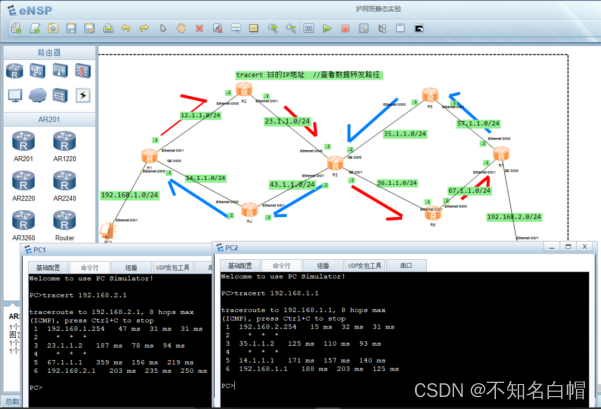
OSPF Open shortest path first protocol
Distance vector routing protocol rip Characteristics
Only care about distance and direction
It's easy to create loops —30s Send update messages periodically — It contains routing information — Use hearsay mechanism to update the routing table
Rip It is measured by hops , Every time you go through a router , Hop plus 1,rip The maximum number of hops in 15,
If the number of hops corresponding to the destination network segment exceeds 15, Then the route is unreachable
Rip How to pass the routing table : Hop by hop forwarding — Slow convergence
ospf How to improve rip The shortcomings of
rip The routing table is passed ,ospf It transmits link status information
rip The way to learn routing is to learn first and then transfer ,ospf The way to transmit link status information is to copy a copy and leave it in
Local , Deliver at the same time
rip The number of hops used as a measure , and ospf The link bandwidth is used as the measurement
Professional terms
LSA(link state adv Link status notification message )、LSDB(link state database Link state database )
Lsdb There are a lot of lsa
ospf How it works
function ospf, send out hello message , Build a neighborhood
function LSA flooding , Synchronize link state database
function spf Algorithm , Calculate the shortest path
ospf The role of each message
hello Message function
Discover the neighborhood
Build a neighborhood
ospf To configure
The direction of routing is opposite to that of data
ospf Why divide the area ?
Reduce LSDB Medium LSA, prevent LSA Too much leads to equipment downtime
ospf Rely on what to divide the region
ospf In, areas are divided by interfaces
Rules for dividing areas
Ospf Zhongjiang region is divided into backbone region and non backbone region , Area 0 Represents the backbone area ,
except 0 Areas other than represent non backbone areas . Communication between non backbone areas must be connected by backbone areas
Why must communication between non backbone areas be connected by backbone areas ?
Solve the loop problem between areas
ospf Configuration command
[R2]ospf Single zone configuration
[R2]ospf 100 // Get into ospf process 100 View
[R2-ospf-100]area 0.0.0.0 // Get into ospf Area view
[R2-ospf-100-area-0.0.0.0]network 12.1.1.0( Direct connection network segment ) 0.0.0.255( Unmask ) // Announce direct link network segment
Anti mask calculation method :
255.255.255.255 Subtract the actual subnet mask of the network segment
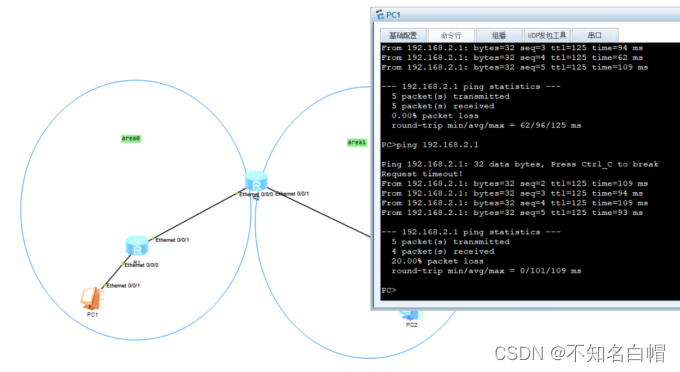
边栏推荐
猜你喜欢

3. Input and output functions (printf, scanf, getchar and putchar)

UGUI—Text
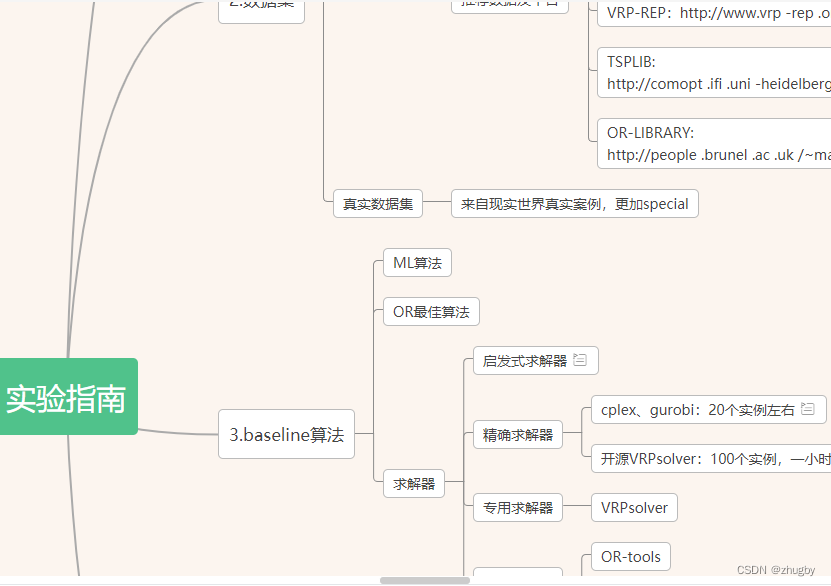
. How to upload XMIND files to Jinshan document sharing online editing?
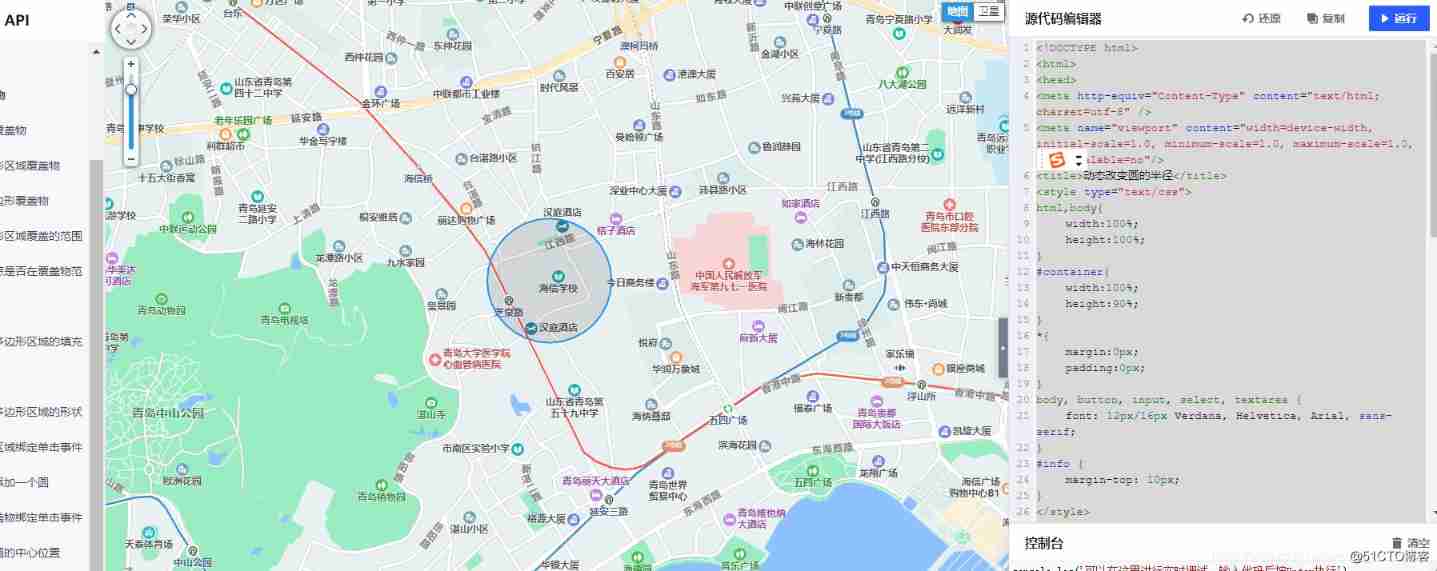
Tencent map circle

4. Branch statements and loop statements
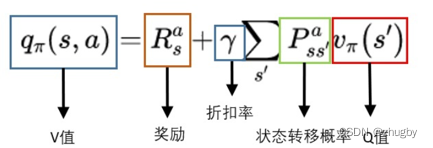
Reinforcement learning series (I): basic principles and concepts

Matlab opens M file garbled solution

Hackmyvm target series (4) -vulny

HackMyvm靶机系列(7)-Tron

.Xmind文件如何上传金山文档共享在线编辑?
随机推荐
[err] 1055 - expression 1 of order by clause is not in group by clause MySQL
攻防世界MISC练习区(SimpleRAR、base64stego、功夫再高也怕菜刀)
Hackmyvm Target Series (3) - vues
[data processing of numpy and pytoch]
Strengthen basic learning records
MATLAB打开.m文件乱码解决办法
简单理解ES6的Promise
Strengthen basic learning records
Detailed explanation of three ways of HTTP caching
扑克牌游戏程序——人机对抗
Strengthen basic learning records
简述xhr -xhr的基本使用
JS several ways to judge whether an object is an array
7-7 7003 combination lock (PTA program design)
Yugu p1012 spelling +p1019 word Solitaire (string)
HackMyvm靶机系列(5)-warez
【数据库 三大范式】一看就懂
Interpretation of iterator related "itertools" module usage
Analysis of penetration test learning and actual combat stage
[dark horse morning post] Shanghai Municipal Bureau of supervision responded that Zhong Xue had a high fever and did not melt; Michael admitted that two batches of pure milk were unqualified; Wechat i